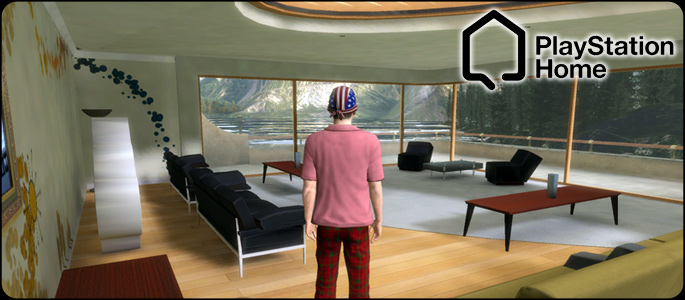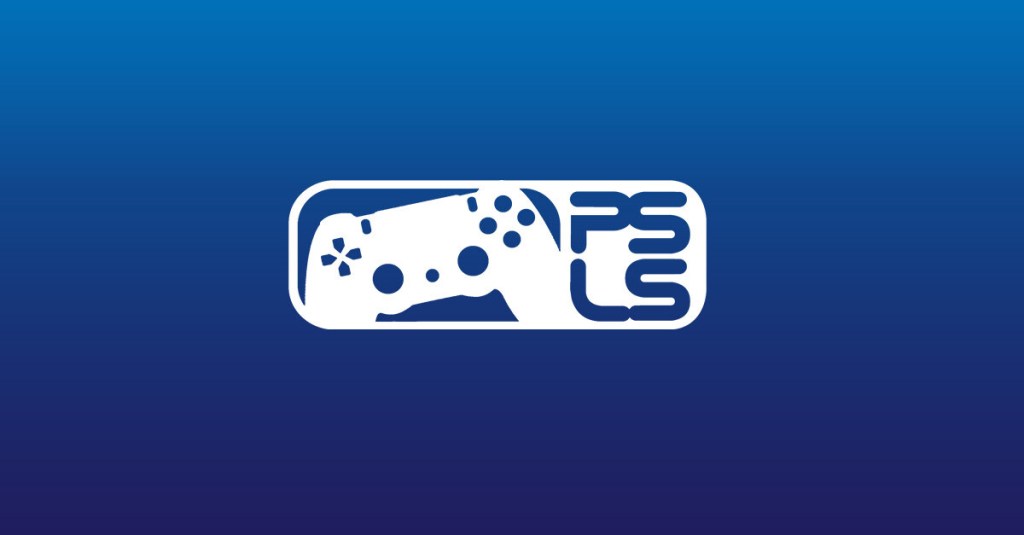
When word of the following guide made its way to the PlayStation LifeStyle staff, a sense of awe and wonder was in the air. Written by BitRunner, the following guide details the extensive process of putting high-quality images on your Home picture frames. The guide is extensive and straightforward, and we have it…








